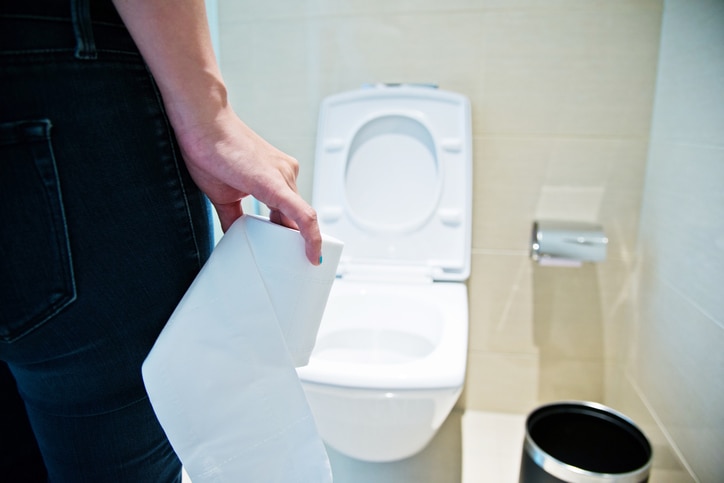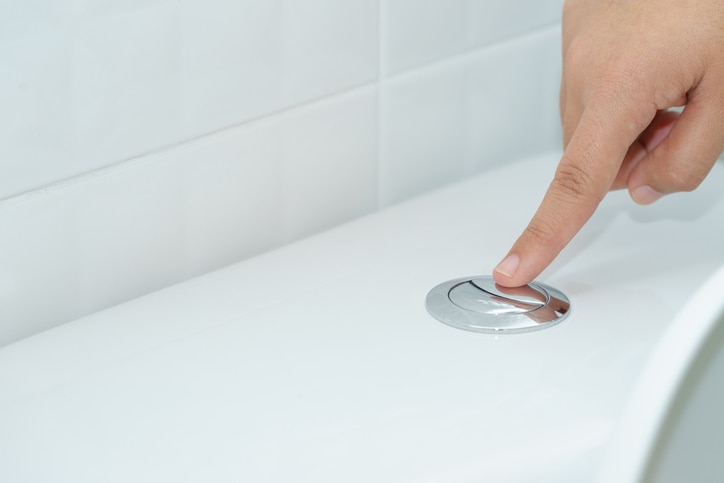A healthy gut is more important than you think. Maintaining a healthy gut helps reduce the risk of a range of gastrointestinal conditions from indigestion to constipation, or worse – bowel cancer. So, it’s essential to look after your gut. Wondering whether your digestive system is normal? Check out below for 3 easy gut health tests you can do at home to gauge the state of your gut health.
#1 The Transit Time Test
It refers to the time taken for the food we eat to be fully digested and eventually eliminated out of the body. The ideal transit time range is 12 to 48 hours. It is considered a sign of constipation if it’s too slow while it can be digestive imbalance, including potential food intolerance, nutrient deficiencies and so on if it’s too fast.
How it works: Record the date and time you eat the food marker, for example, red beetroots. Calculate the difference between the time you eat and when the testing food reappearing in your stool.

#2 Frequency of Elimination
Anywhere from three times per day to three times per week is considered within the normal range. For people who eliminate less or more than the ideal range, keeping a food diary might help find out the reasons behind it.
How it works: Simply keep a “poop” journal for one or two weeks to record the dates and times you have a bowel movement.

#3 Bristol Stool Form Scale
Basically, there are seven types of stools according to the Bristol Stool Chart. Here’s each of the categories and what your poops may be telling you.
Type 1–2 (Hard lumps to lumpy sausage)
Constipation
Type 3–4 (Cracked sausage to snake-like)
Ideal and healthy stools
Type 5–7 (Fluffy to watery)
Diarrhea, food intolerance
How it works: Compare your stools with the Bristol chart to help identify potential bowel disorders.












